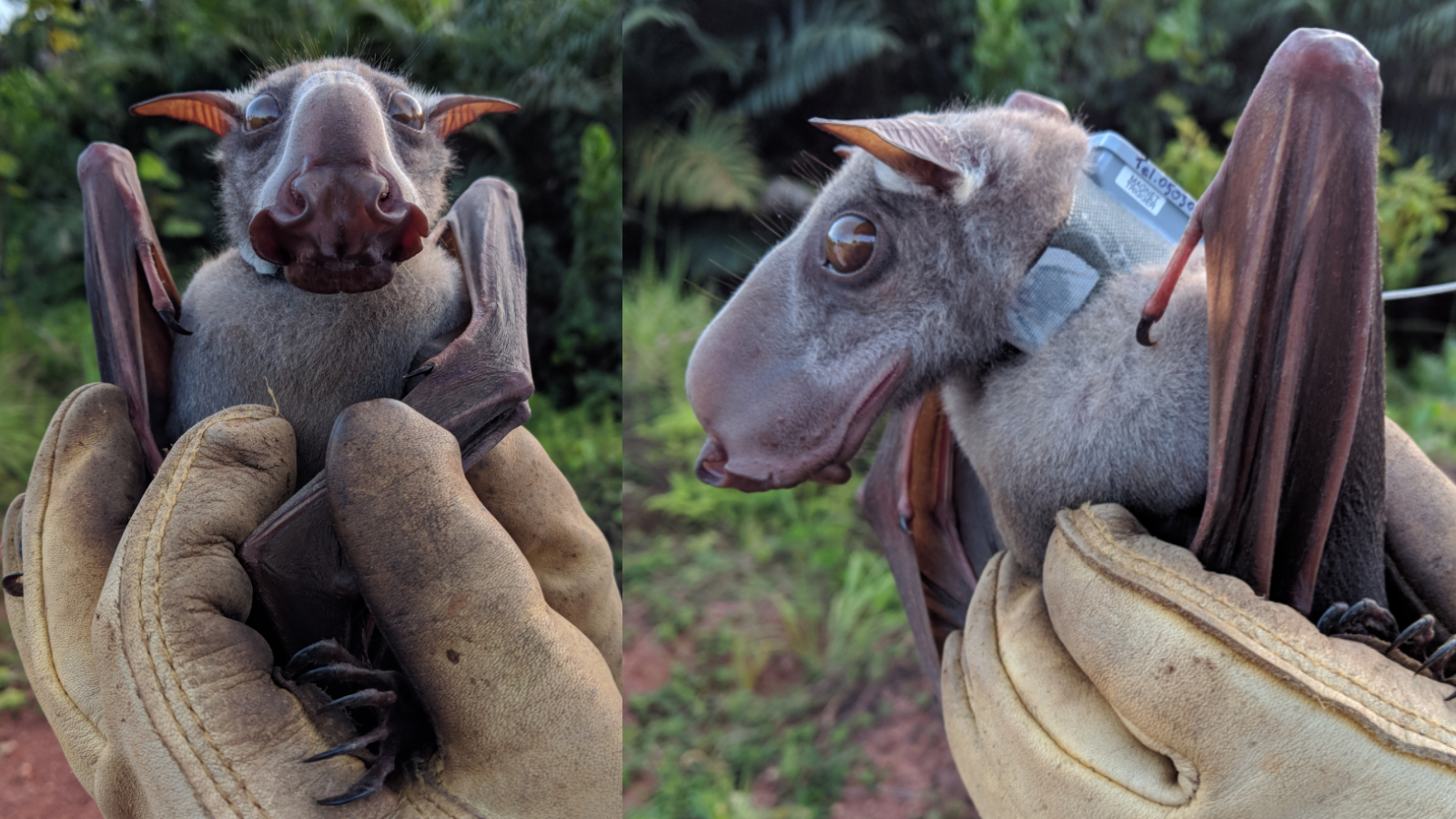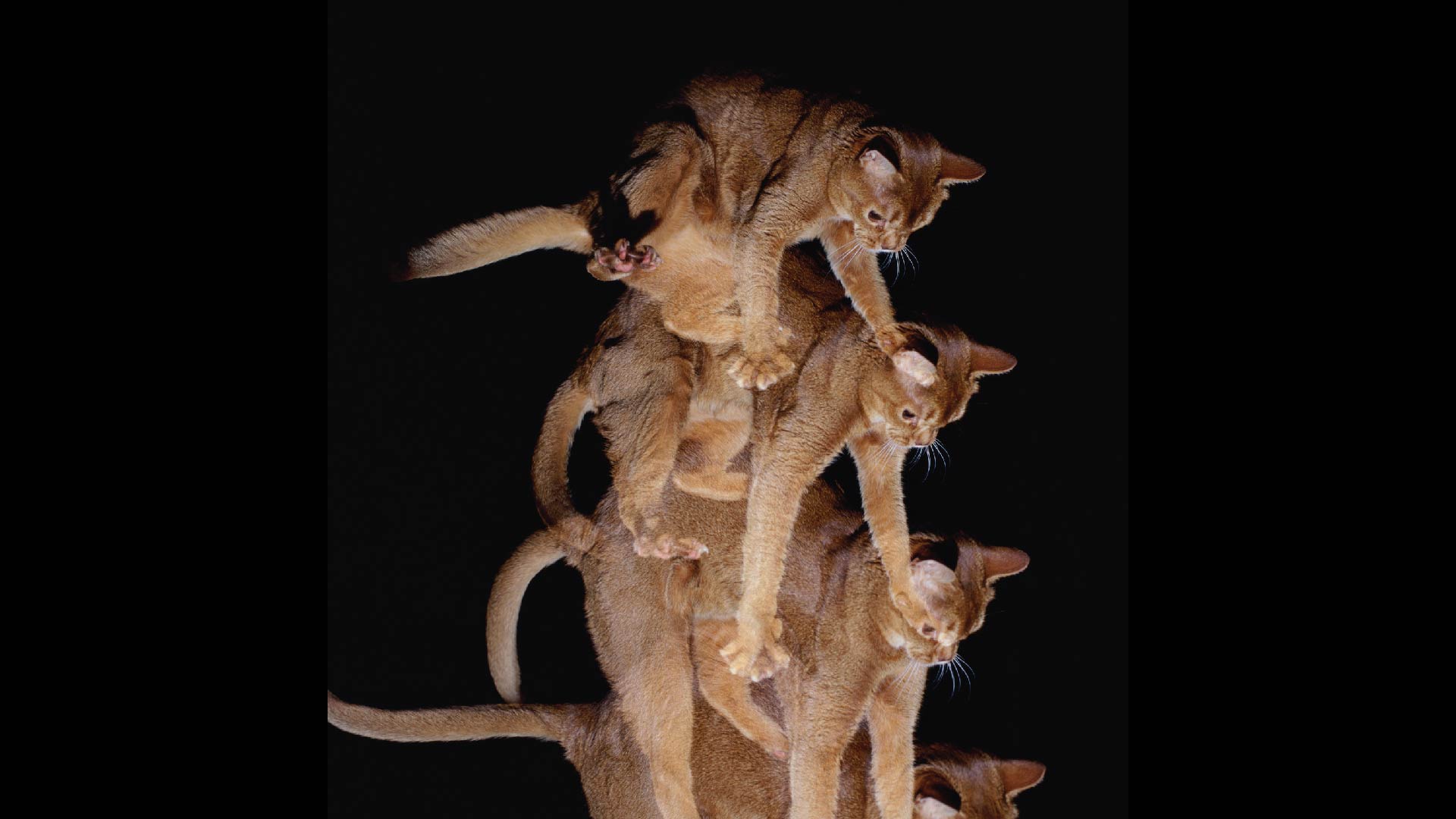Atmosphere, Vol. 14, Pages 1627: Assessing the Influence of Polymer-Based Anti-Drift Adjuvants on the Photolysis, Volatilization, and Secondary Drift of Pesticides after Application
Atmosphere doi: 10.3390/atmos14111627
Authors: Doron Katzman Ohad Zivan Yael Dubowski
One practice to reduce spray drift during pesticide application is the addition of certain chemical adjuvants to spraying solutions, which change their physicochemical properties and result in larger droplets. The environmental impact of these agrochemicals continues however also after application, depending on surface processes occurring upon treated surfaces. While the impact of anti-drift adjuvants has been studied regarding spray drift, their impact on the fate of deposited pesticides has received little attention. Here, the effect of a polymer-based adjuvant (polyacrylamide) on the photolysis and evaporation rates of pyrimethanil (common fungicide) from dry films were investigated under controlled laboratory conditions and during two field studies. The laboratory results indicate that the adjuvant enhances the volatilization and photolysis rate both on hydrophobic lemon leaves and hydrophilic glass substrates. These results can be attributed to an increase in the geometrical area of residual film and a widening of its circumference rim, where solutes are likely to concentrate, when generated from adjuvant-containing droplets. Such morphological differences may enhance the exposure of deposited pesticides to interact with the overlaying atmosphere and incident radiation. The field data was less conclusive, suggesting a small impact of the anti-drift adjuvant on the fungicide’s secondary drift from crops and an even lower effect on volatilization from bare soil.

 6 months ago
23
6 months ago
23


